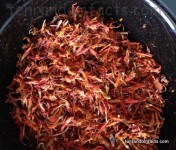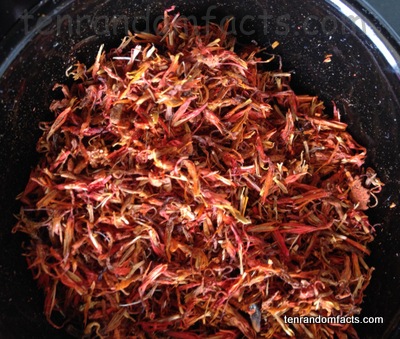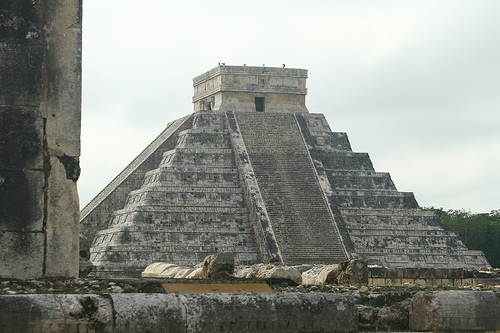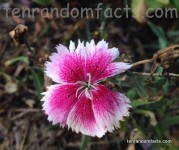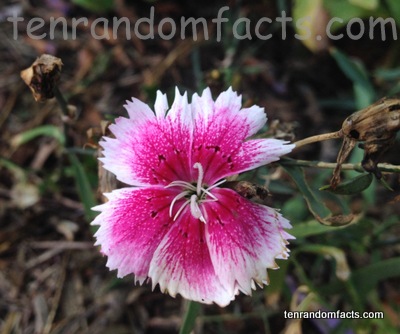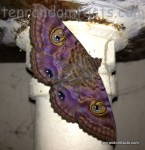
“Criminally Good”- Slogan of the Artemis Fowl Series
- The Artemis Fowl series is an octadic novel series, belonging in the fantasy-science fiction genre, and has been published in 44 languages.
- The Artemis Fowl series is written by Eoin Colfer, a former primary school teacher and author from Ireland, and Artemis’ manor is located in Ireland.
- The Artemis Fowl series is based on a criminal mastermind teenager and his conflict/interactions with the underground Fairy people.
- The first book of the Artemis Fowl series was published in 2001, with the rest of the series following in order: 2002, 2003, 2005, 2006, 2008, 2010 and 2012.
- In 2001, the concept of a film based on the Artemis Fowl series was revealed to the public, and is currently in production, although it was at a standstill for many years.
- The Artemis Fowl series sees the growth in the primary character ‘Artemis Fowl’, with other themes of greed, magic and trust explored throughout the series.
- The main characters portrayed throughout the Artemis Fowl series include two humans, Artemis Fowl and Butler, and the fairies Holly Short, Mulch Diggums, Foaly and Julius Root, while the number one antagonist is a pixie known as Opal Koboi.
- The Artemis Fowl series has seen the sale of over 21 million books, and therefore has taken its place among the most popular of all fantasy novel series.
- The Artemis Fowl series is aimed at teenage readers, and has its own pictographic language.
- The Artemis Fowl series has been published by various publishers including Puffin Books, Viking Press, and Disney Hyperion.
Bibliography:
Artemis Fowl (Series), 2014, Wikipedia, http://en.wikipedia.org/wiki/Artemis_Fowl_(series)
Artemis Fowl: The Books, 2014, Artemis Fowl Confidential, http://www.artemis-fowl.com/artemis-fowl-the-books/







